Toilets around the world
- Published
To mark United Nations World Toilet Day on 19 November, photographers from Reuters have taken pictures in cities, towns and villages around the globe, such as this one in the middle of an empty field on the outskirts of Santiago, Chile.
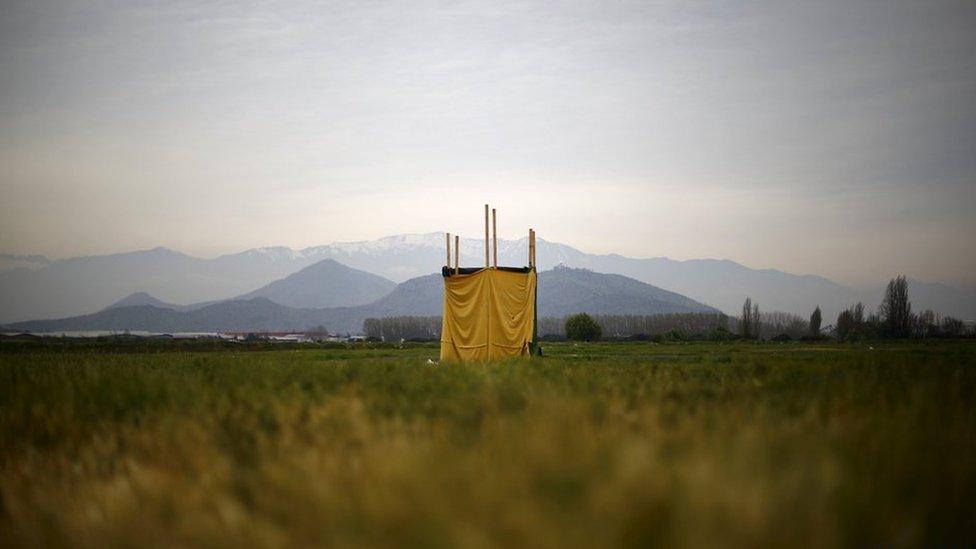
This year's focus is to draw attention to the importance of toilets in supporting better nutrition and improved health.
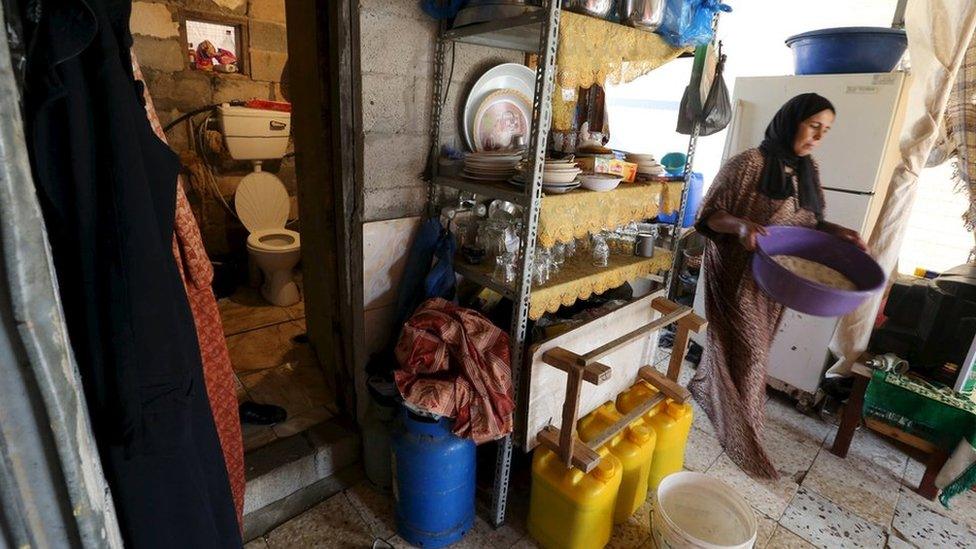
Here, a woman passes near the entrance to a toilet in a makeshift shelter used by a Palestinian family in Khan Younis, in the southern Gaza Strip. The UN says 2.4 billion people do not have adequate sanitation. Globally, 15% of the population still defecates in the open.
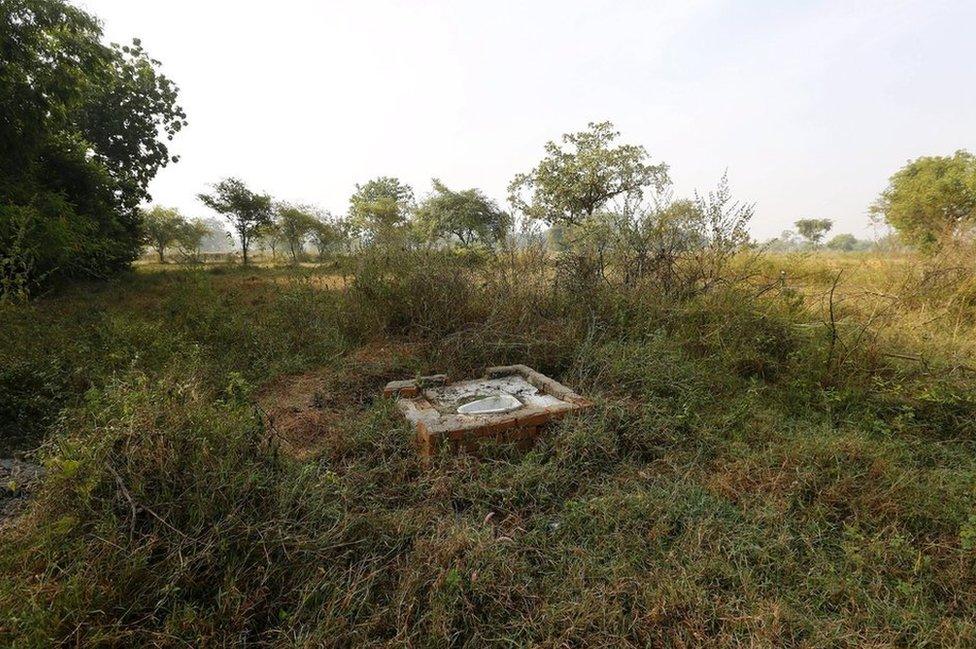
This pictures shows an open toilet in a field in Gorba, in the eastern Indian state of Chhattisgarh.
The main aim of the campaign is to raise awareness about the people in the world who don't have access to a toilet, despite the fact that it is a human right to have clean water and sanitation. This sheltered pit latrine (below) stands in a low-income neighbourhood in Ciudad Juarez, Mexico.
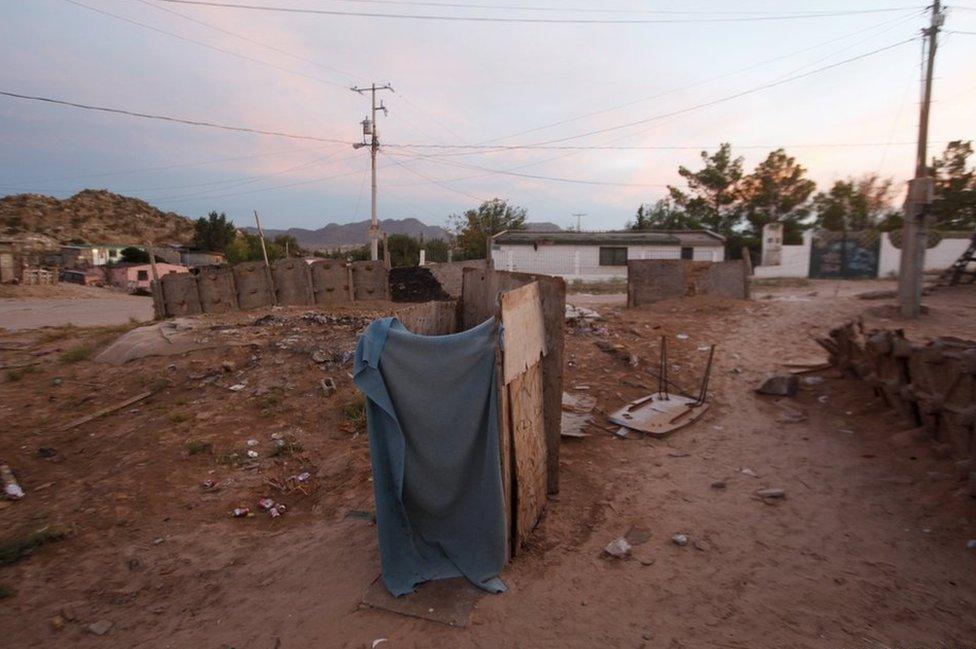
According to the World Health Organization (WHO), inadequate sanitation is estimated to cause 280,000 diarrhoeal deaths annually and is a major factor in several tropical diseases.
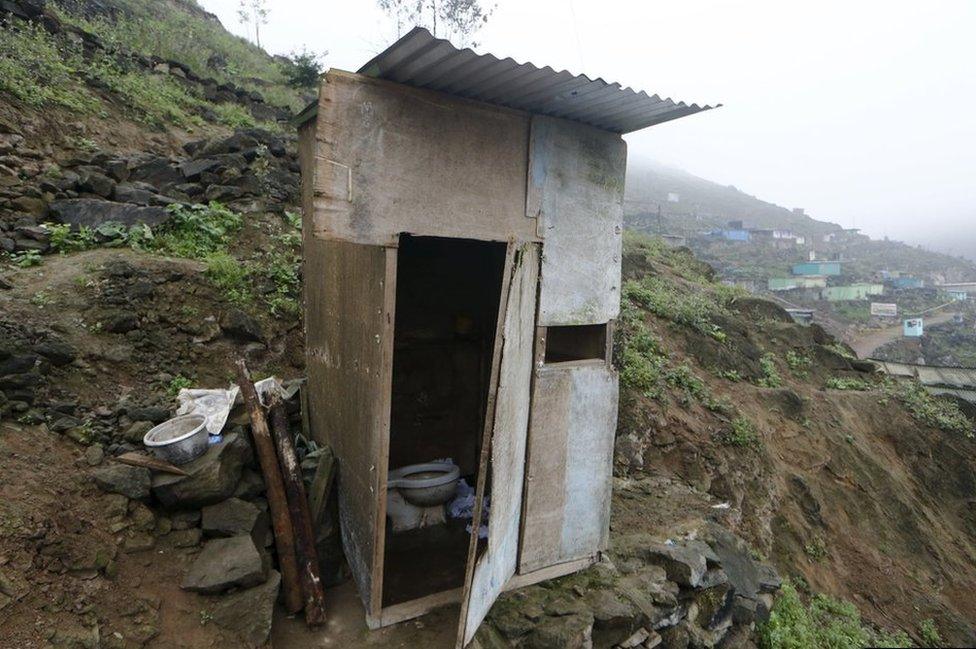
This toilet stands outside the Llamocca family home, at Villa Lourdes, in Villa Maria del Triunfo, on the outskirts of Lima, Peru.
Poor sanitation is also linked to transmission of diseases such as cholera, typhoid and polio.
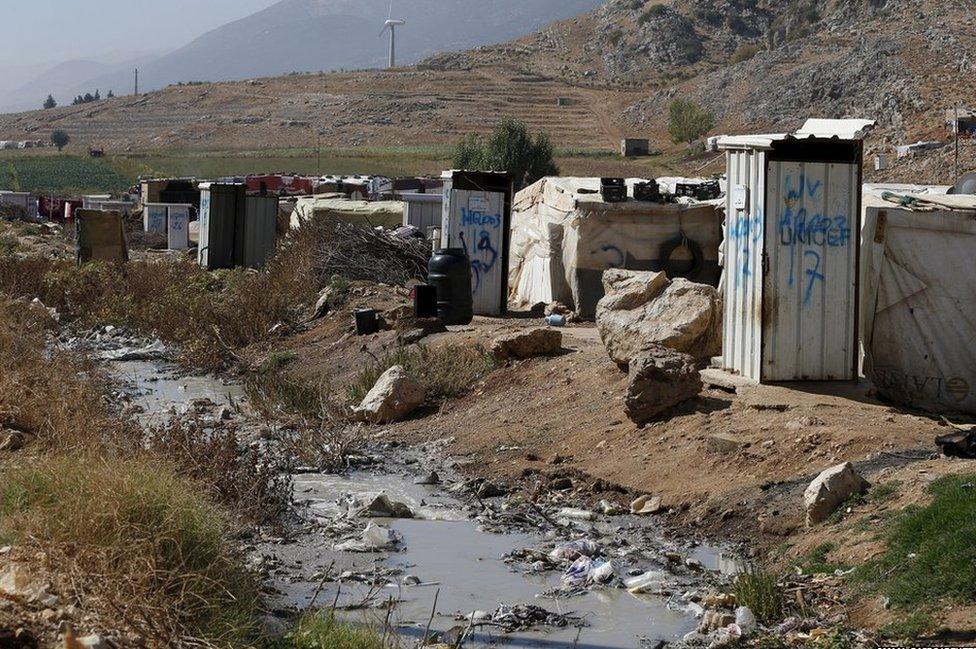
Toilets donated by Unicef and World Vision stand near tents at a Syrian refugee settlement camp in Qab Elias, in the Bekaa Valley, near Baalbek, Lebanon.
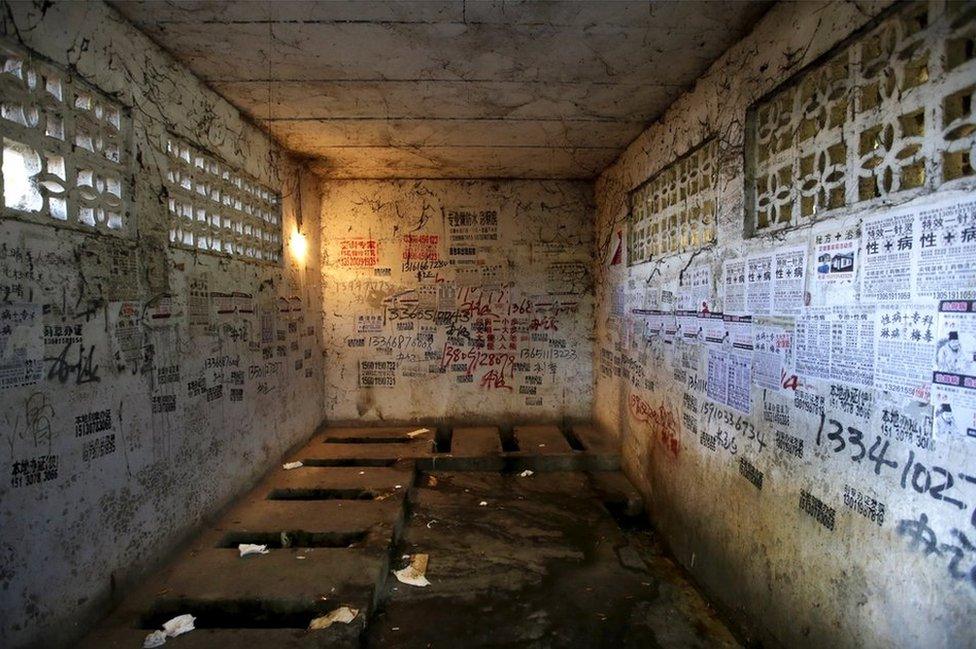
Posters, including those advertising treatments for sexually transmitted diseases, are stuck to the walls of this public toilet in a residential area for migrant workers in Shigezhuang village, Beijing, China.
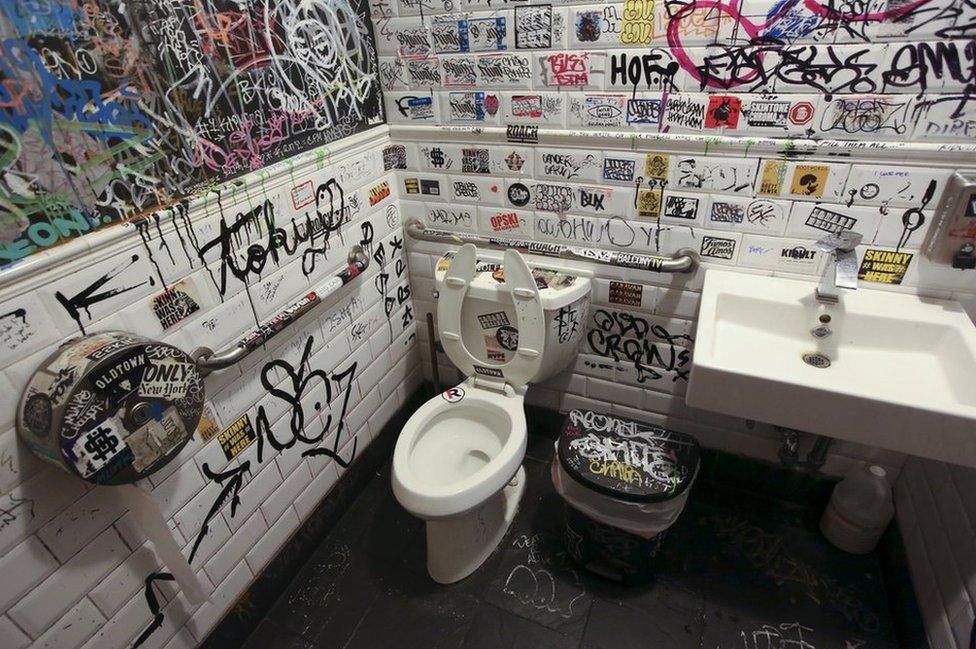
The main issue of concern in this restaurant toilet in Brooklyn, New York, appears to be graffiti rather than a deficiency in hygiene.
A UN report, Women and Girls and Their Right to Sanitation, says: "Women place a higher value on access to private sanitation facilities than men but often remain unheard." Urinals inspired by the Rolling Stones logo are seen in a bar in Paris.
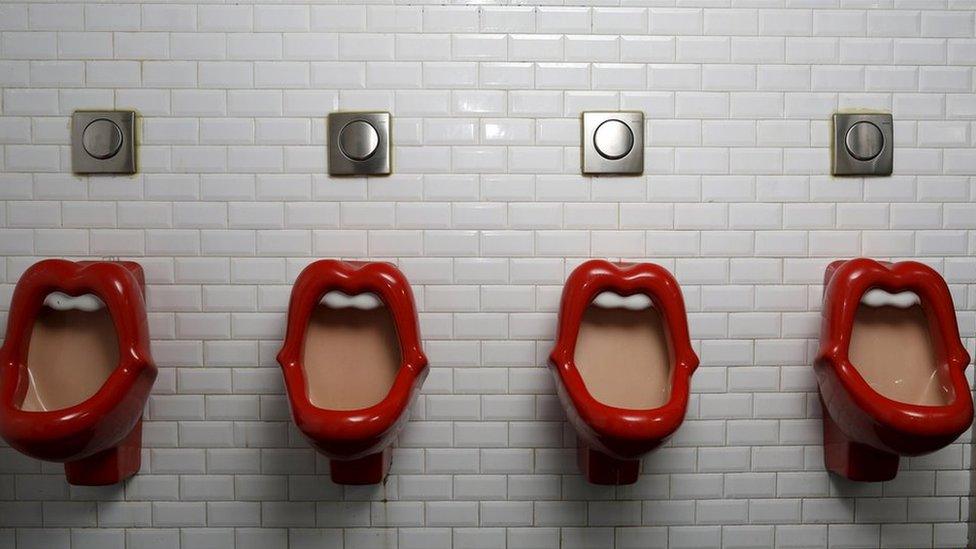
"There is a real need for facilities that meet women's physical and psychological demands and preferences, and these can be readily achieved by including women in the design and placement of these facilities," the report adds. This photograph below shows a public toilet in London Fields, in east London.
